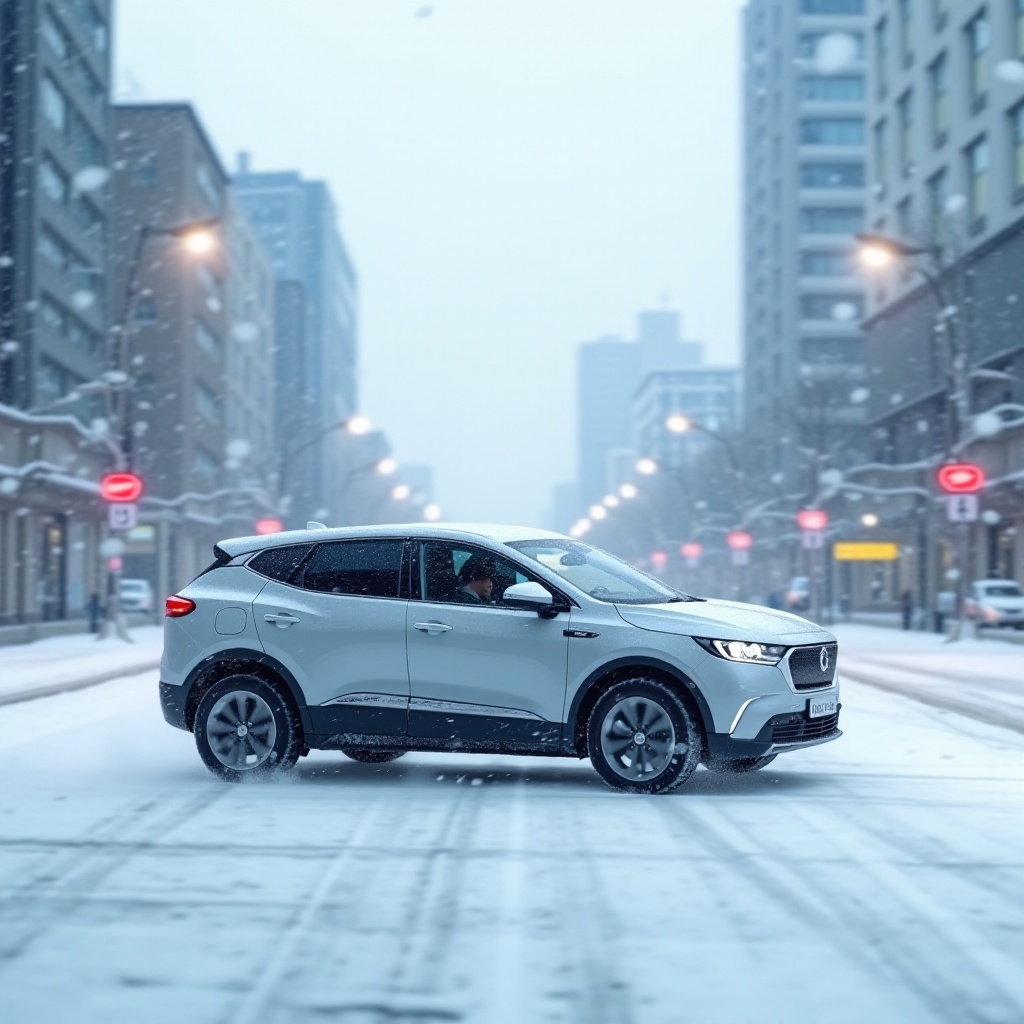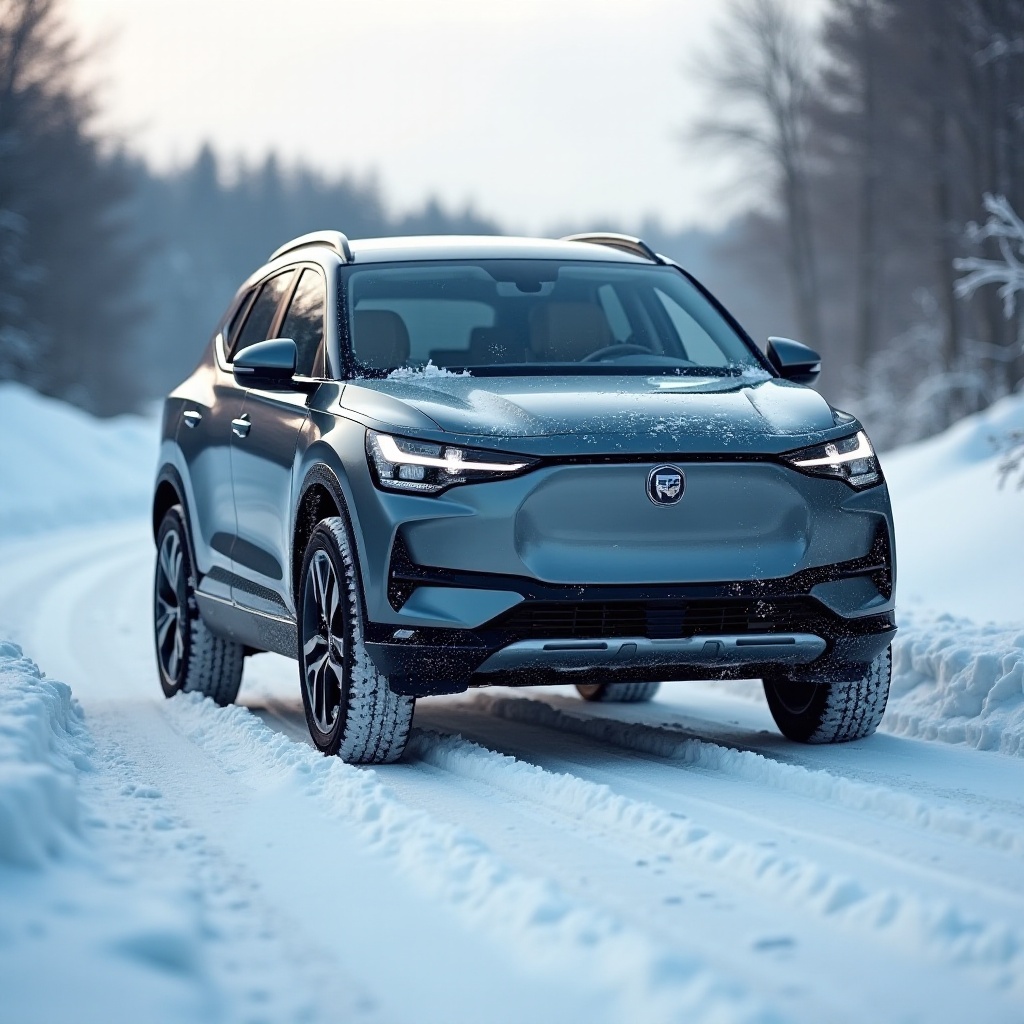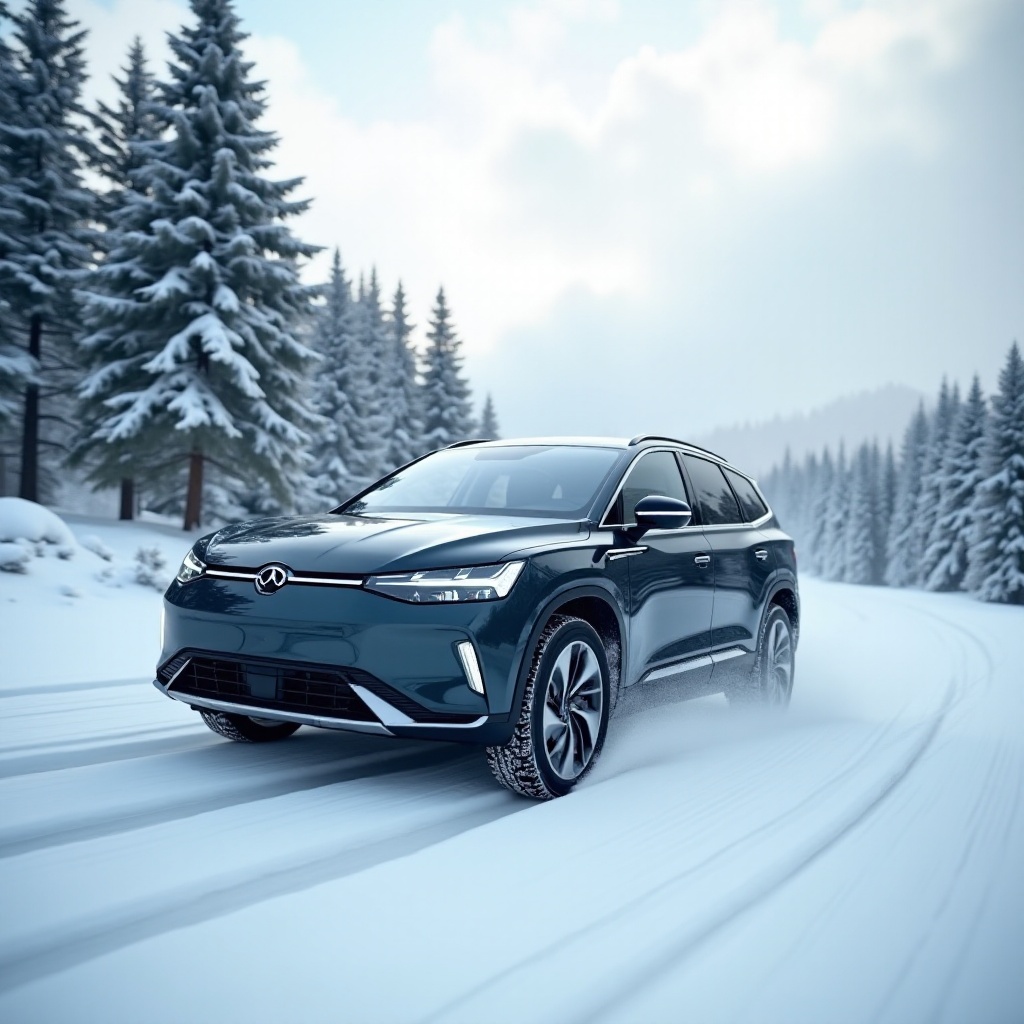Introduction
Optimizing front-wheel drive (FWD) with all-season tires in snowy conditions presents a unique challenge, especially for New Energy Vehicles (NEVs). These cars often weigh less due to their unique construction and battery design, influencing performance in winter weather. Understanding the dynamics of FWD and the capabilities of all-season tires can lead to safer and more efficient driving.

Understanding Front-Wheel Drive (FWD) Dynamics
Front-wheel drive vehicles are engineered to transmit engine power to the front wheels, enhancing traction under normal driving conditions.
- Traction: FWD vehicles have most of their weight over the driving wheels, improving traction. This is beneficial in winter, as the increased weight over the front tires reduces slippage.
- Handling: FWD ensures better straight-line stability, enhancing the driver’s control in snowy and icy conditions.
- Technology: Many NEVs with FWD come with advanced stability controls and traction management systems to mitigate challenges on snow-covered roads.
While FWD improves traction and stability, tires play a crucial role in winter performance. This raises the question: are all-season tires sufficient for snowy driving?
Performance of All-Season Tires in Winter Conditions
All-season tires are designed to perform well in various conditions, from dry and wet roads to light snow. But how do they perform in heavier snow conditions, especially for NEVs?
- Versatility: All-season tires offer balanced performance for varied road conditions, including moderate winter weather. Their tread patterns handle wet roads and light snow but may lack depth for heavy snowfall.
- Tread Compound: These tires use a rubber compound designed to remain flexible across a wide temperature range. However, in extremely low temperatures, their performance may not match dedicated winter tires.
- Comparative Studies: Research and real-world tests indicate that while all-season tires manage light to moderate snow, they struggle in deeper snow or on icy roads.
Understanding these limitations is crucial for NEV drivers using all-season tires. The weight distribution and electric drivetrain of NEVs can both help and hinder performance in snow, requiring careful consideration.
Assessing FWD with All-Season Tires in Snow
To optimize FWD NEVs with all-season tires in snowy conditions, several factors need consideration:
- Driving Techniques: Adapt driving techniques to maximize traction, including gentle acceleration, gradual braking, and careful steering to avoid losing grip.
- Monitoring Conditions: Stay informed about weather and road conditions. If heavy snowfall is expected, consider alternative travel methods or delay travel until roads are cleared and treated.
- Emergency Preparedness: Equip your vehicle with critical emergency gear, like a shovel, sand or cat litter (for traction), and blankets.
Efficient use of all-season tires in snow also improves with proper maintenance.

Maintenance Tips for Winter Driving
Maintaining your NEV, especially the tires, is essential for safe winter driving. Here are some practical tips:
- Tire Pressure: Cold temperatures can cause tire pressure to drop. Check tire pressure regularly, ideally once a week, to ensure levels stay within the recommended range.
- Tread Depth: The legal minimum tread depth is usually 2/32 inches, but for winter driving, a depth of at least 5/32 inches is recommended for better grip on snow and slush-covered roads.
- Wheel Alignment: Misaligned wheels can create uneven tire wear, which is particularly hazardous in winter conditions. Regular alignments can prevent this issue.
- Battery Care: NEVs can see reduced battery performance in cold conditions. Keep the battery charged and consider using a thermal blanket to maintain temperature.
Regular maintenance ensures your NEV is always in the best possible condition for winter roads.

Conclusion
Driving an FWD NEV with all-season tires in snowy conditions is manageable with the right knowledge and preparation. Understanding limitations and taking proactive vehicle maintenance steps can enhance safety and performance. While all-season tires offer advantages, their effectiveness in heavy snow is limited. Knowing when to use alternative solutions is key.
Frequently Asked Questions
Are all-season tires reliable for FWD vehicles in snow?
All-season tires can be reliable for FWD vehicles in light to moderate snow. However, they struggle in heavy snow and icy conditions due to less aggressive tread patterns compared to winter tires.
Can I drive my New Energy Vehicle with all-season tires in heavy snow?
While it is possible, it isn’t recommended. All-season tires lack the deep treads and specific rubber compounds optimized for severe snow and ice, making them less effective than dedicated winter tires.
How often should I check my all-season tires during winter months?
It is advisable to check tire pressure at least once a week during winter months. Also, monitor tread depth and inspect for any visible damage regularly to ensure optimal performance.
